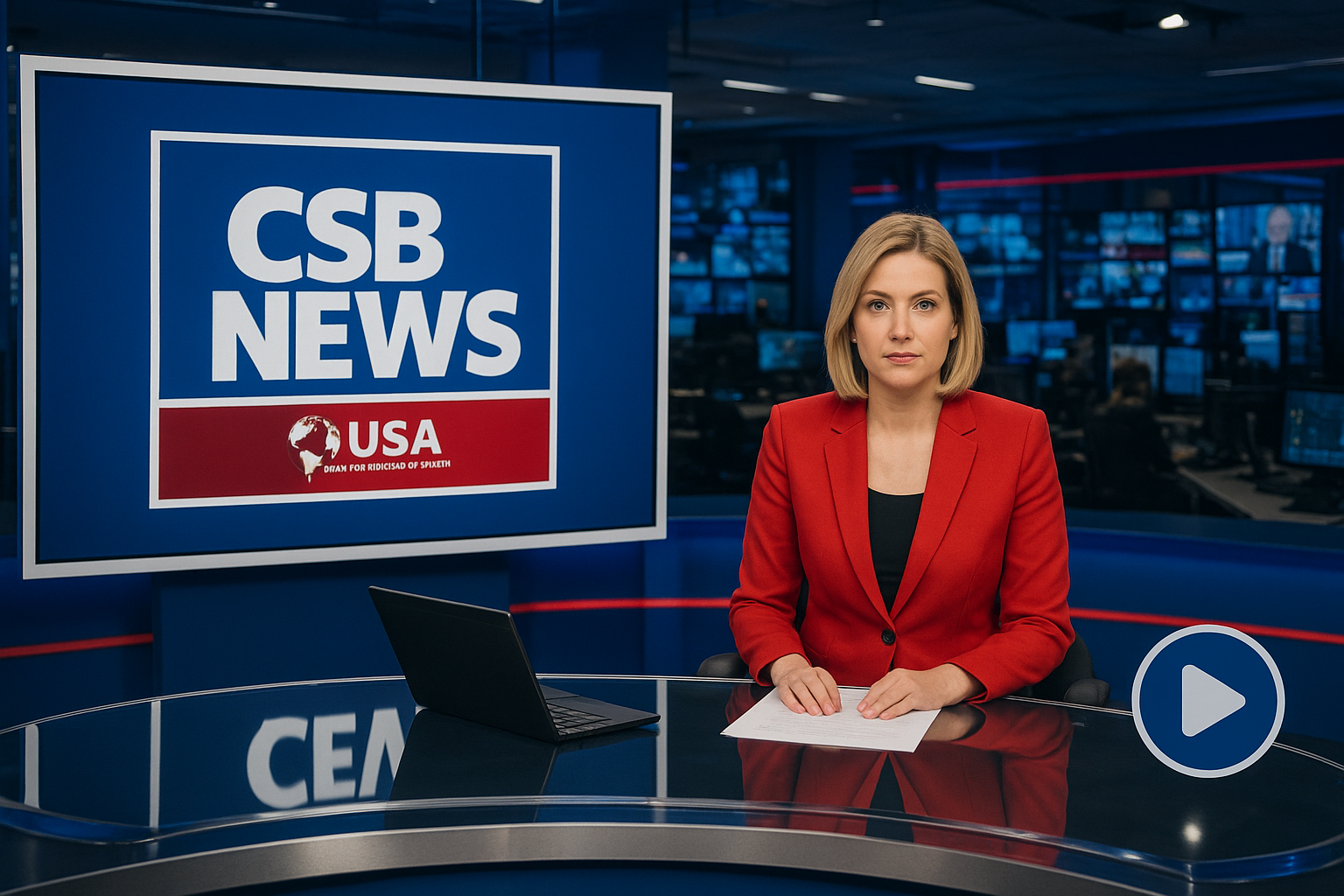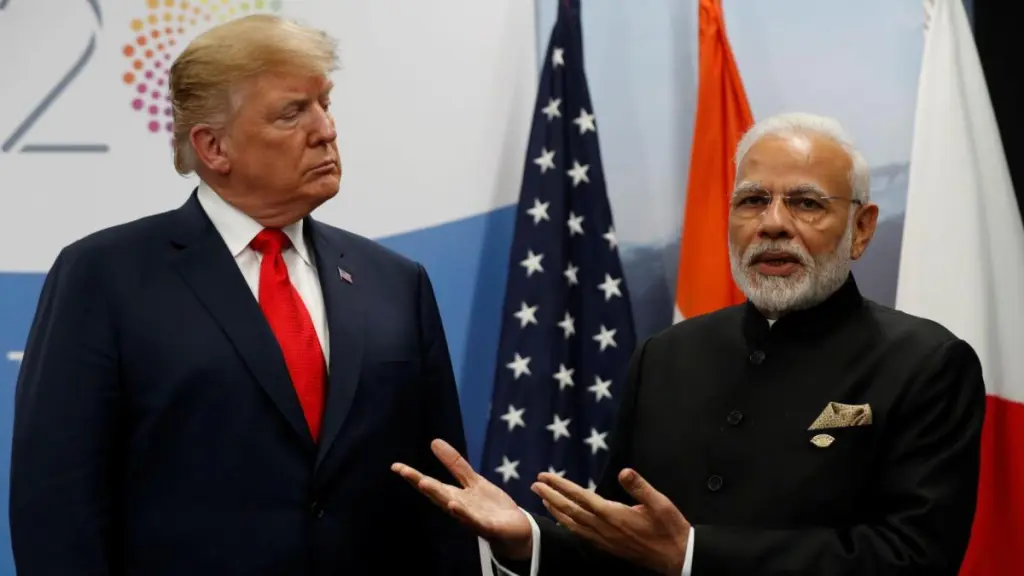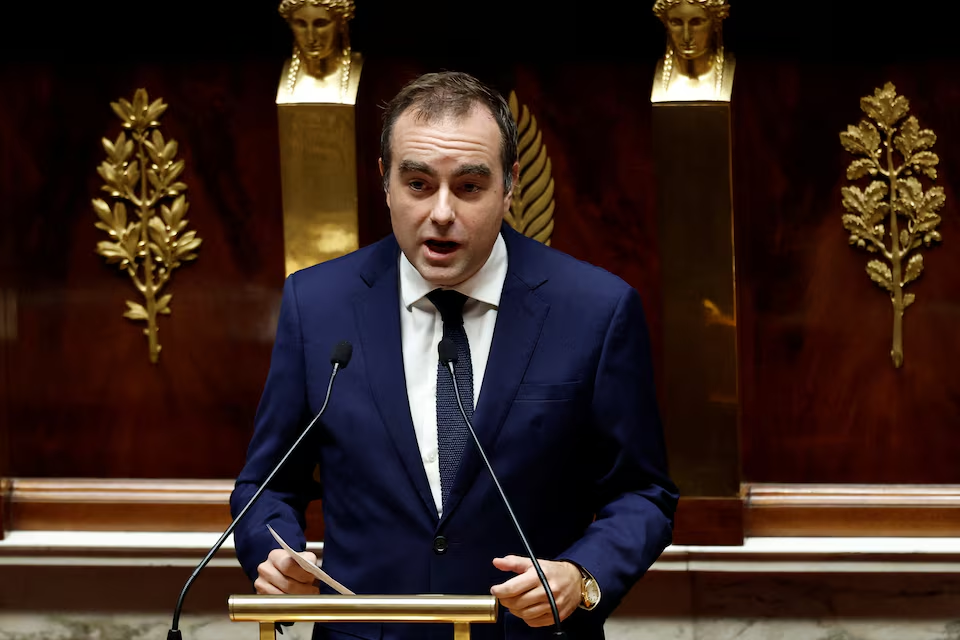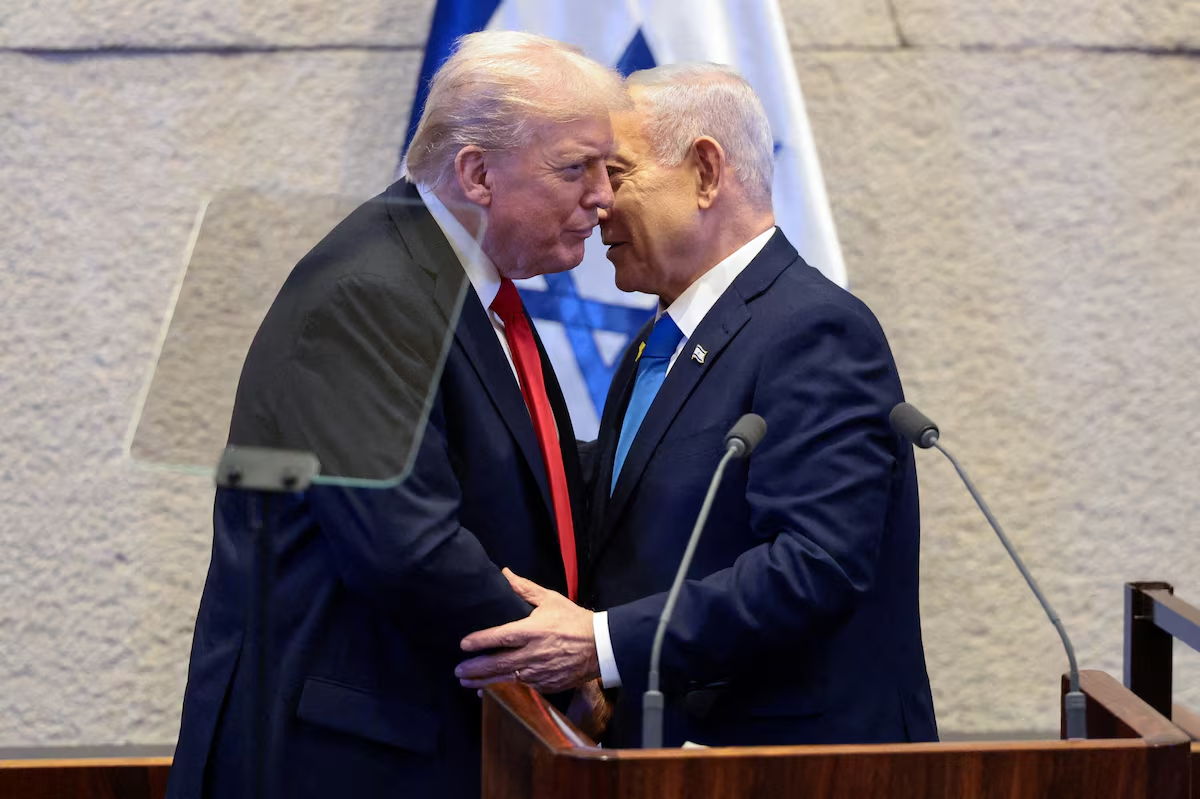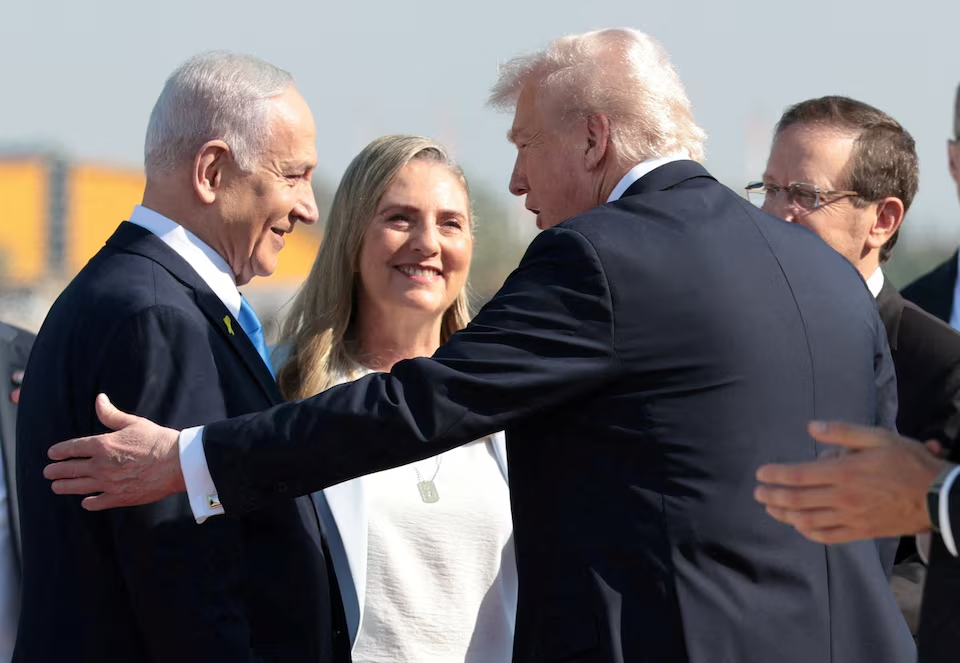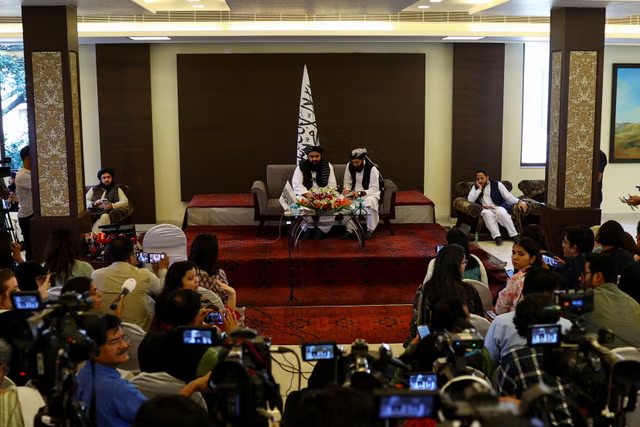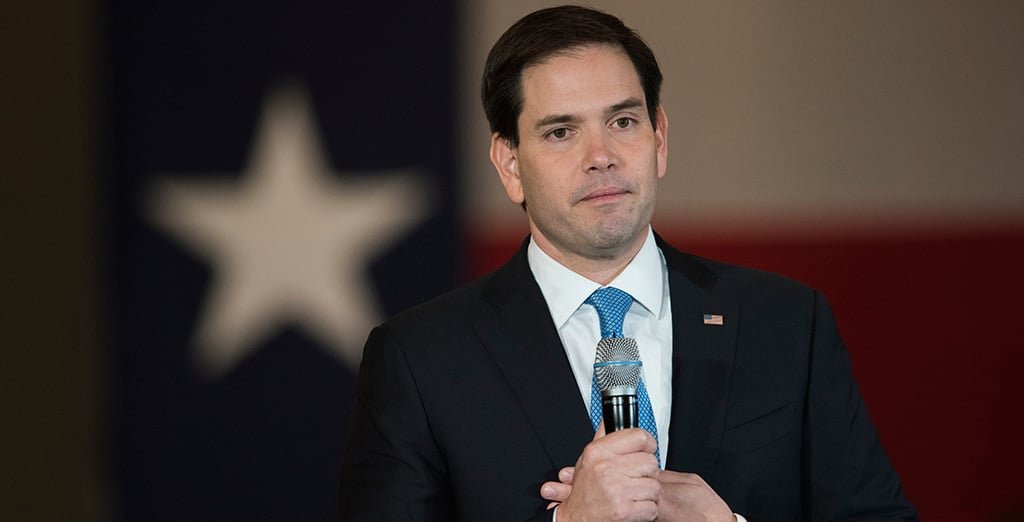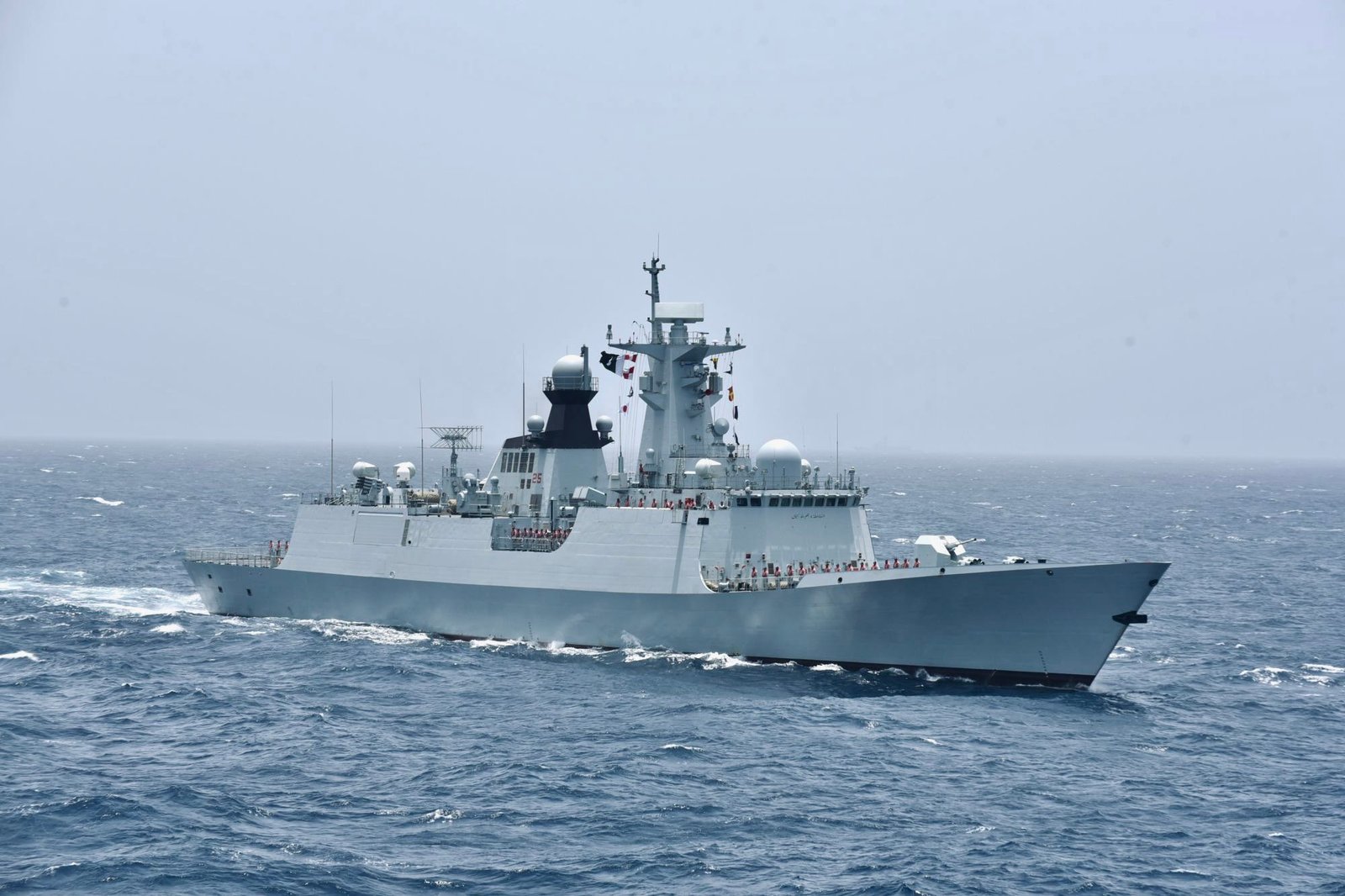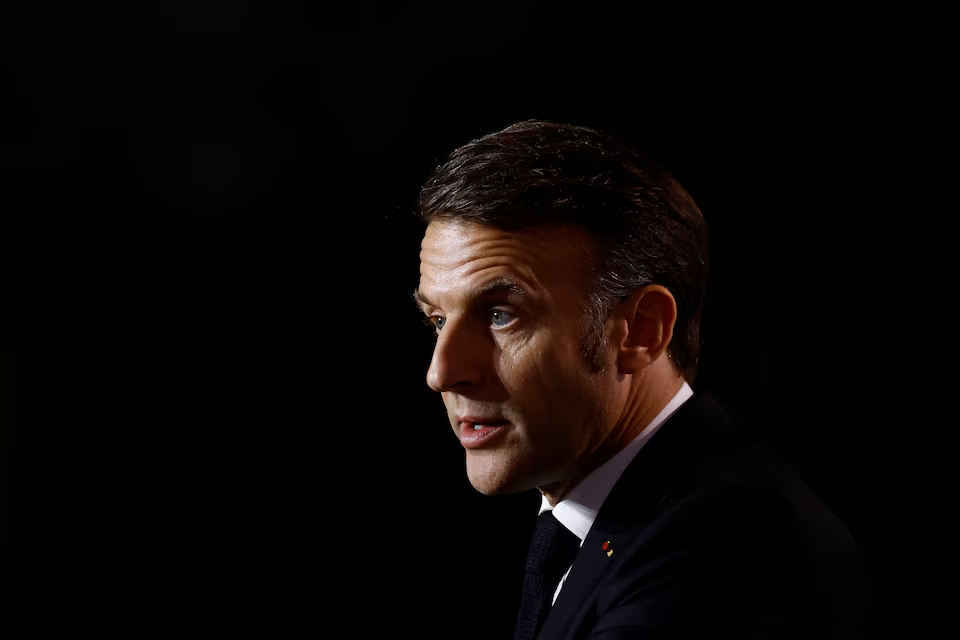U.S. Tariffs Deal Heavy Blow to Indian Exports, Government Scrambles for Alternatives
The tariffs, among the highest imposed by Washington, are retaliation for India’s surging imports of Russian oil. New Delhi had hoped for a cap of 15%, but after five failed rounds of negotiations, officials now acknowledge there is “no hope” for an immediate reprieve.
U.S. Tariffs Deal Heavy Blow to Indian Exports, Government Scrambles for Alternatives
Indian exporters are bracing for steep losses after trade talks with the United States collapsed and Washington confirmed punitive new tariffs of up to 50% on Indian goods. The additional 25% duty, announced by President Donald Trump and formalized by the Department of Homeland Security, will take effect from Wednesday.
The tariffs, among the highest imposed by Washington, are retaliation for India’s surging imports of Russian oil. New Delhi had hoped for a cap of 15%, but after five failed rounds of negotiations, officials now acknowledge there is “no hope” for an immediate reprieve.
The new duties will affect nearly 55% of India’s $87 billion worth of annual exports to the U.S., hitting key sectors such as engineering goods, textiles, leather, processed foods, and gems. Exporter groups warn shipments could fall by 20–30% from September, while competitors like Bangladesh, China, and Vietnam may gain from India’s losses.
The Indian rupee slipped to a three-week low of 87.68 per dollar, and benchmark stock indexes Nifty and Sensex both closed down 1% — their sharpest fall in three months.
Broader Impact and Concerns
Analysts say the tariffs could shave off 0.8 percentage points from India’s GDP growth both this year and next, triggering the steepest corporate earnings downgrades in Asia. India’s diamond industry, already at a two-decade low due to weak Chinese demand, faces a devastating blow as nearly one-third of its $28.5 billion annual exports are shipped to the U.S.
Washington’s stance reflects growing frustration over India’s Russian oil imports, which now account for 42% of its crude purchases compared with less than 1% before the Ukraine war. U.S. officials accuse India of indirectly funding Moscow’s war effort.
Foreign Minister S. Jaishankar countered that the U.S. has not applied the same scrutiny to other major buyers, including China and the European Union.
India’s Response
The Modi government has pledged financial aid to exporters, including subsidized loans and support for diversification into 50 alternative markets across Latin America, the Middle East, and Asia. Prime Minister Narendra Modi has vowed not to compromise the interests of Indian farmers “even if it entails a heavy price.”
Despite the tensions, both countries this week reaffirmed commitments to strengthen defense ties, energy cooperation, and the Quad partnership with Japan and Australia. Yet the tariff standoff raises new questions about the durability of U.S.-India relations, often described as a cornerstone of Asia’s strategic balance.

